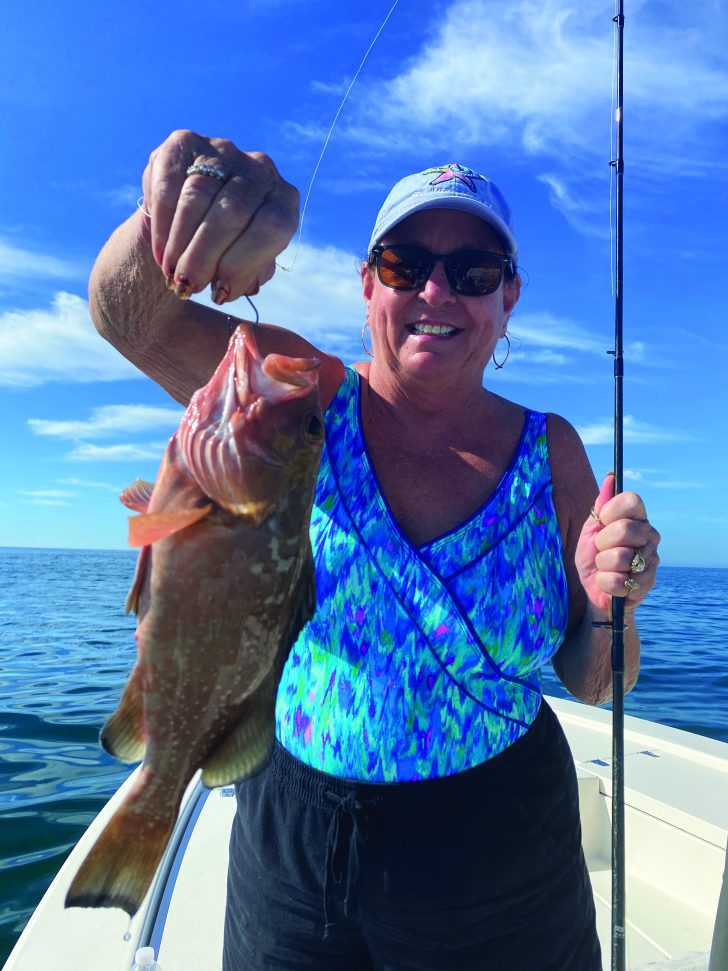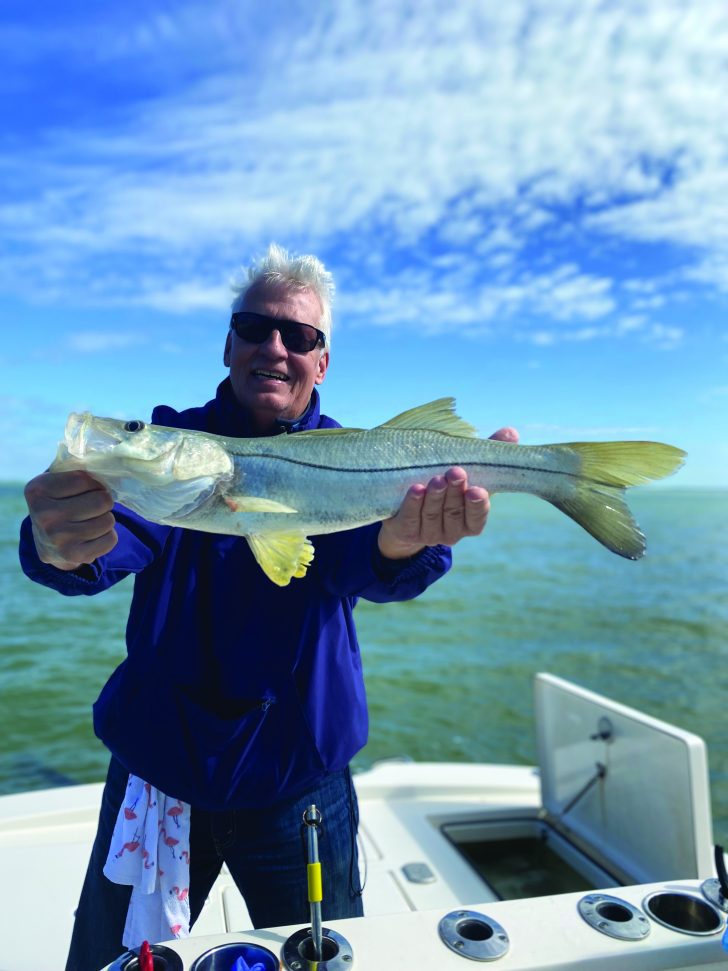By: Capt. Terry Fisher
I always welcome the month of February, as it basically is a month that ‘anything goes’ in regards inshore and offshore fishing. It is the month that allows anglers to target migratory species such as, spanish mackerel, cobia, permit, snappers and groupers, both inshore and offshore. They should be in good numbers. February is the month before the ‘winds of March’ begin to intimidate professional and recreational anglers alike.

Sheepshead are not difficult to catch when the ‘bite is on’, as mentioned above. Just like any other species, they do not eat ‘non-stop’. However, when they feed, they can be very aggressive. When they go into a feeding mode, they are very easy to catch. Anglers targeting these fish need only to realize that it is during the feeding phase, that they will basically ‘hook’ themselves, with just a little ‘angler’ patience, by not trying to set the hook too quickly. They tend to ‘school’. When the small Sheepshead are eating, the big ones won’t. Conversely, when the larger sheepshead bite is on, the smaller ones get out of the way.
Recognizing a sheepshead bite from another species is the ‘key’ to understanding how and when to set the hook. Hard hits or redundant nibbling are small mangrove snappers or pinfish. When either of these fish are biting, odds are the sheepshead are not eating or are not at that location. Light ‘tugs’ or gentle ‘pulls’ are sheepshead. They will pick up the bait and swim away to the left or right of the initial presentation. Any of these events triggers the time to remove some of the slack in the line and set the hook.
My bait of choice for sheepshead are small shrimps. Fiddler crabs are the choice bait for most ‘old timers’, but crabs can be hard to find. I chum the heads of the shrimp to incite more bites while using the tails to catch them. I use light tackle with 10-15lb. braid line with 30lb. leader. Small #1 or #2 bait hooks with a small pinch weight to get the presentation down to the seabed. Simple, but successful!
Spanish mackerel is another bonus during the month of February. They are headed south to Mexican waters. They will be found in areas where birds are diving, in the passes and flats
and off the outer islands in the Gulf of Mexico. Live and artificial presentations all work for these fast moving, aggressive, ‘darting’ fish. They are toothy critters and require heavy monofilament (40-50lbs.) or light wire leaders to prevent bite offs. These fish like white baits (Pilchards) or silver spoons that resemble them. When using spoons, be sure to use a swivel to prevent line twisting.

Offshore, red grouper, lane snapper and the other species (which were closed last September) have now been reopened in Federal Waters. Fishing for mangrove snappers, yellowtail snappers and most all grouper species are open before the March winds begin to prevail. These species hold on wrecks, rubble and ledges anywhere from 30-100 ft. of water. Be safe and be sure the vessel is worthy and equipped with safety gear.

